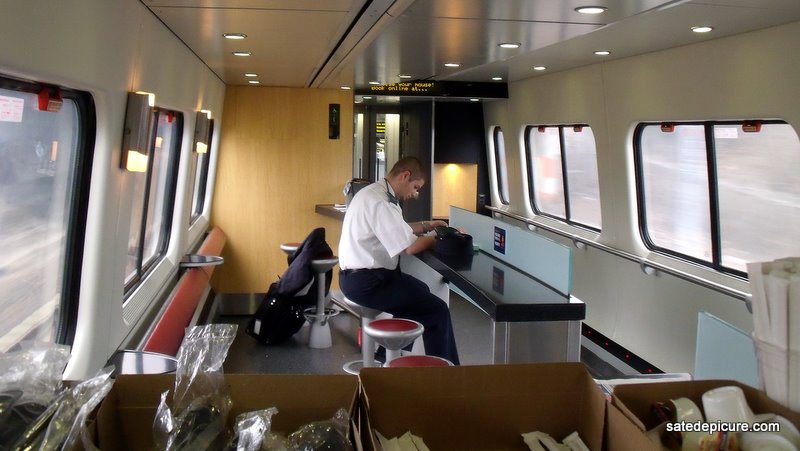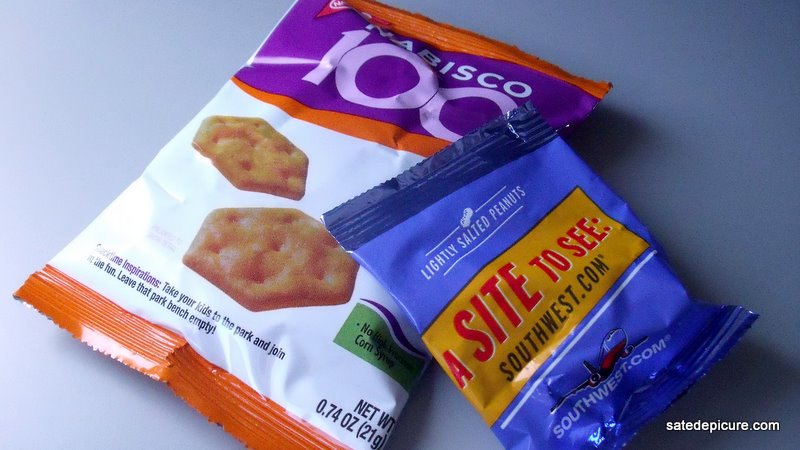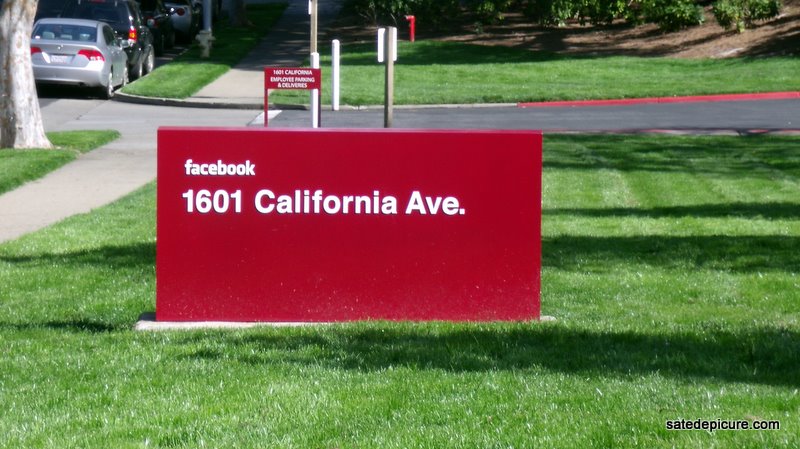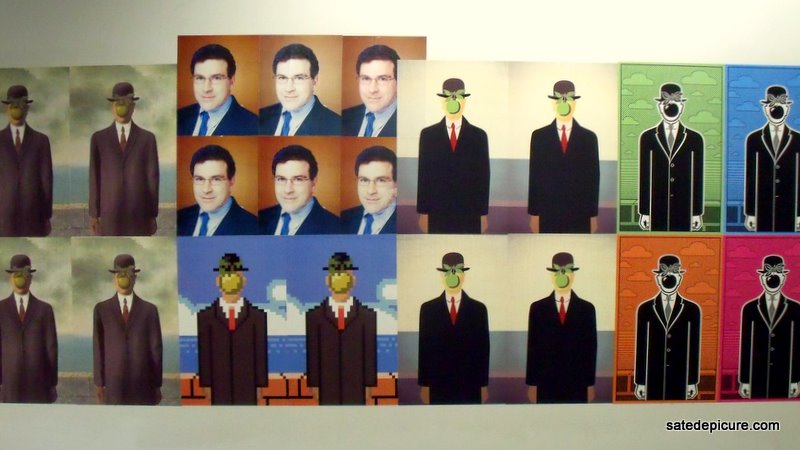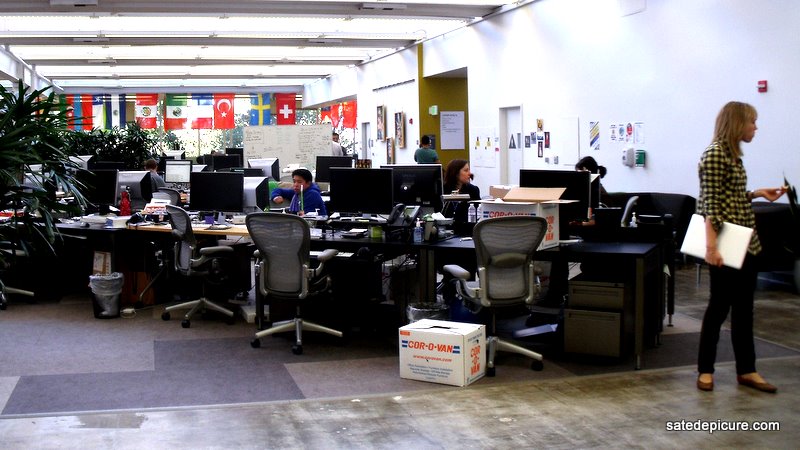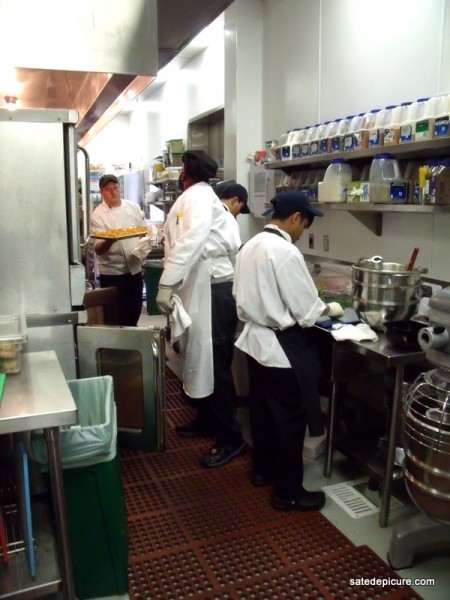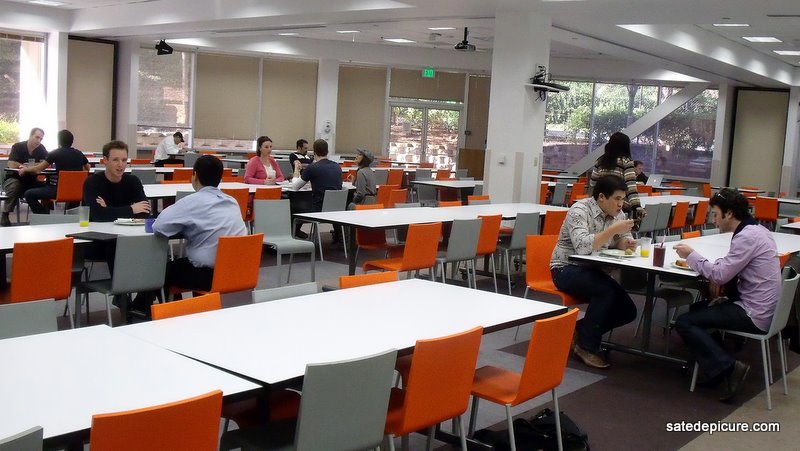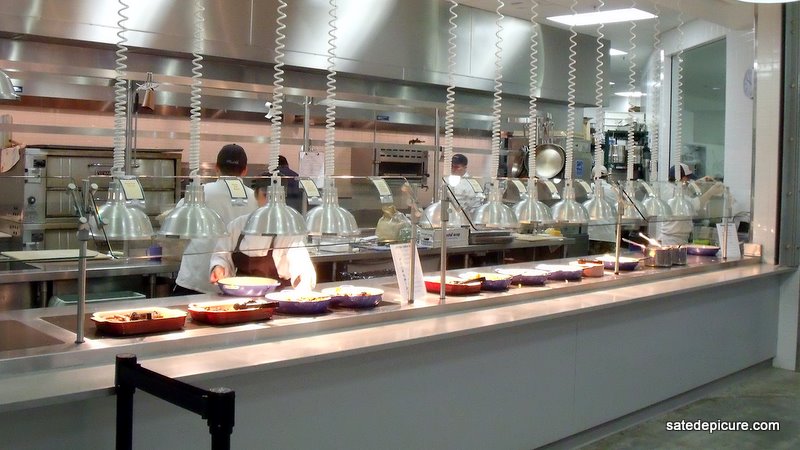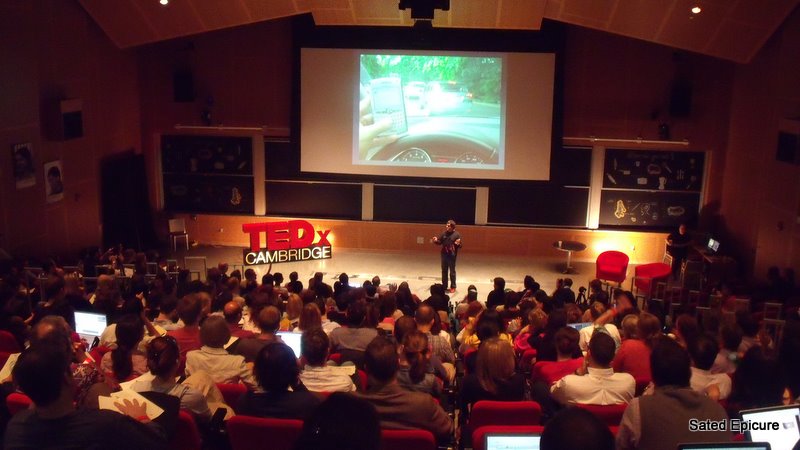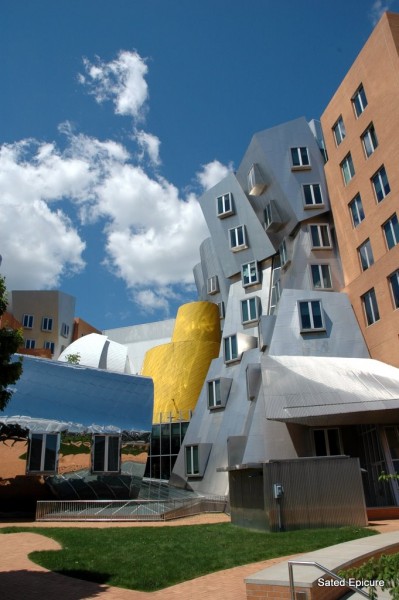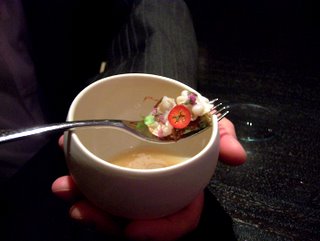I have a theory about culinary innovation that’s pretty simple but worth talking about. If you want to find the next area of innovation in foodservice, look to where food sucks. It’s not hard to do; there are lots of places where food is sold without regard to quality or integrity. When entrepreneurial chefs find these pockets of low food quality they transform them for the better and find success along the way. The food truck revolution of the past three years is an example. Food trucks used to suck. So are the phenomenal success stories of Chipotle Mexican Grill in the fast casual segment, Stonyfield farm in the yogurt category, and Amy’s organics in retail. Each of these companies established integrity within a category where it was lacking. The list of places where you can find food with integrity is long and getting longer. However, there are still some dark spots out there that present an opportunity for innovation and need fixing.
Recently, I had two food experiences while traveling that confirm my point. While riding the Amtrak Acela to Penn Station in New York I visited the dining car to check it out and get a snack. The set up was nice with approximately one third of the car dedicated to a small pantry, service counter and cashiers station and the rest of the car set with a small counter with seating and places to stand with food. It was nice enough except that there wasn’t a single item on the menu worth eating. Like an airliner, the dining car was outfitted to transport cold food cold and hot food hot but was ill equipped for fresh food preparation. Out of desperation I ordered a turkey sandwich and went back to my seat and unwrapped the sandwich. The turkey slices were compressed into a solid clump centered in a soft roll with a slice of tomato and a limp and bruised lettuce leaf. Needless to say, I didn’t eat it. It seems to me that the Amtrak folks and their designers and consultants place convenience over quality when it comes to food. Amtrak should be able to deliver a high quality turkey sandwich on board with very little fuss and a reasonable price. What a shame they haven’t taken the time to do things right. My prediction: someone’s going to figure out how to bring some credibility to Amtrak’s dining car or the dining car will die a slow death. Integrity with proper control yields financial success, convenience over quality yields failure.
My second example comes from a recent Southwest Airlines flight. That both these bad-food examples occurred while I was trapped on a moving vehicle is noteworthy. Travelers like me become captives with no other food options while on a train or plane. Is this what allows the people in charge of foodservice at these entities to set the bar so low? It pains me to bash Southwest, I actually like the airline on many levels and think they provide tremendous value to travelers. However, the food options on board their flights are weak. I avoid eating the crap they serve in most cases but couldn’t avoid it on a recent trip. By the time I deplaned at the connecting airport on this trip I was starving. The 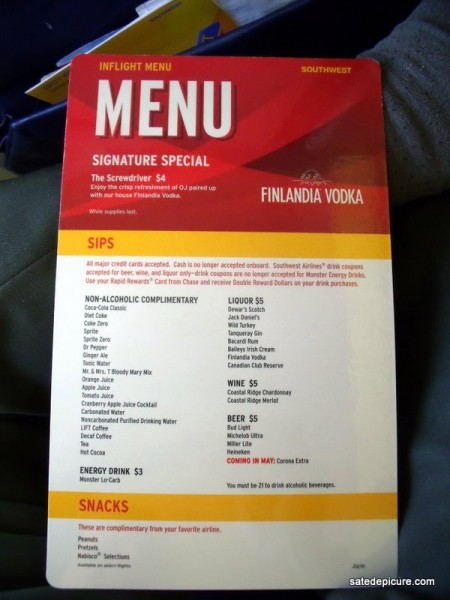 airport was small and regional with no quality food options (captive again!). Sullen, I walked to my gate, boarded my flight and was sitting in my seat before hunger surpassed my idealism. I pulled a Southwest menu out of the seat-back pocket and read it to see if there were any real options. Aside from peanuts, pretzels and Nabisco snacks, there were none. The flight attendant allowed me to select one of each and I sampled.
airport was small and regional with no quality food options (captive again!). Sullen, I walked to my gate, boarded my flight and was sitting in my seat before hunger surpassed my idealism. I pulled a Southwest menu out of the seat-back pocket and read it to see if there were any real options. Aside from peanuts, pretzels and Nabisco snacks, there were none. The flight attendant allowed me to select one of each and I sampled.
Studying each of the small packages, I notice that none make any kind of statement about food integrity. I wonder where the peanuts are from, whether they are conventionally sourced, whether my crackers are free of transfats, and whether my pretzels are organic (no) and lye-free (no). For more than five years researchers have been working to genetically engineer the allergens out of peanuts. Are these peanuts modified? I would love to know. No need to open the peanuts, my stomach is turning.
Studying the Nabisco Cheese Nips I notice the product has nineteen ingredients. All of them are generally regarded as safe (GRAS) but if given an option I will pass when it comes to eating the partially hydrogenated cottonseed oil, monosodium glutamate (flavor enhancer), sodium caseinate (casein neutralized by lye), and acetic acid (flavor enhancer) in these nips.
My view is aligned with Professor Kelly Brownell at Yale and Professor (and rock star author) Michael Pollan at Berkeley when it comes to foods with more that a few ingredients. Pollan recommends only eating processed foods with five ingredients or less and Brownell questions whether foods with as many ingredients as my Cheese Nips are actually drugs or controlled substances in disguise. Again, I am left searching for food integrity. At this stage I toss all three packets into the trash when the flight attendant passes by. Southwest has made famous their meager food options as part of their cost containment and low price strategy. This is fine. However, if you serve a snack of any kind, make sure it has integrity. Find a sustainable, scalable source for these types of snacks with high food integrity or ditch them all together.
So that’s my strategy; I look for where food sucks and consider the discovery a revelation. If you are an entrepreneur, seek out where food sucks and you will find your next great opportunity. If you are a major manufacturer, develop products with true integrity and ditch the engineering. It is only a matter of time before the wave of integrity that is washing over American foodservice cleans out these last remaining pockets of bad food. Serve us food with integrity and we will come!

